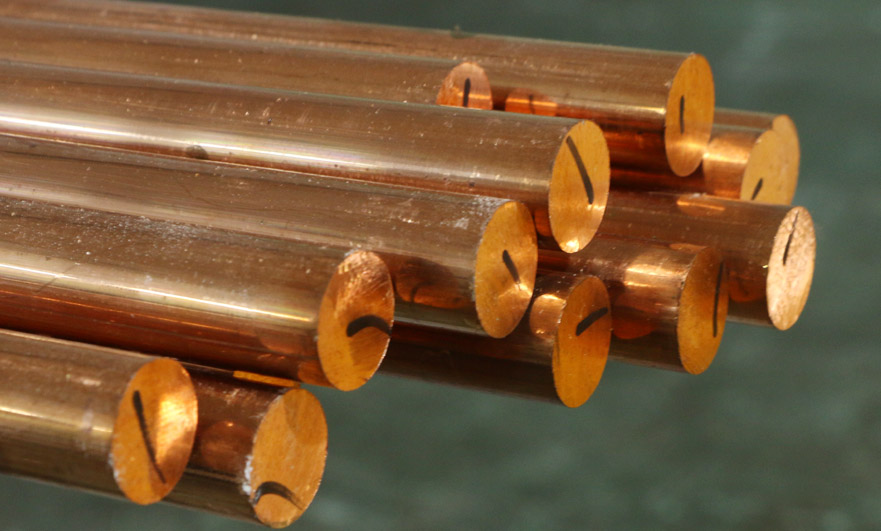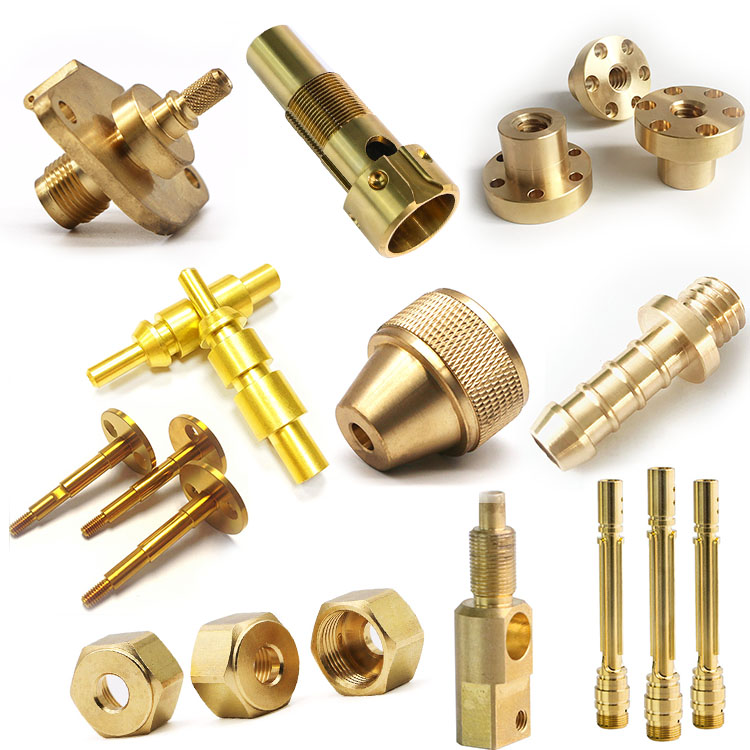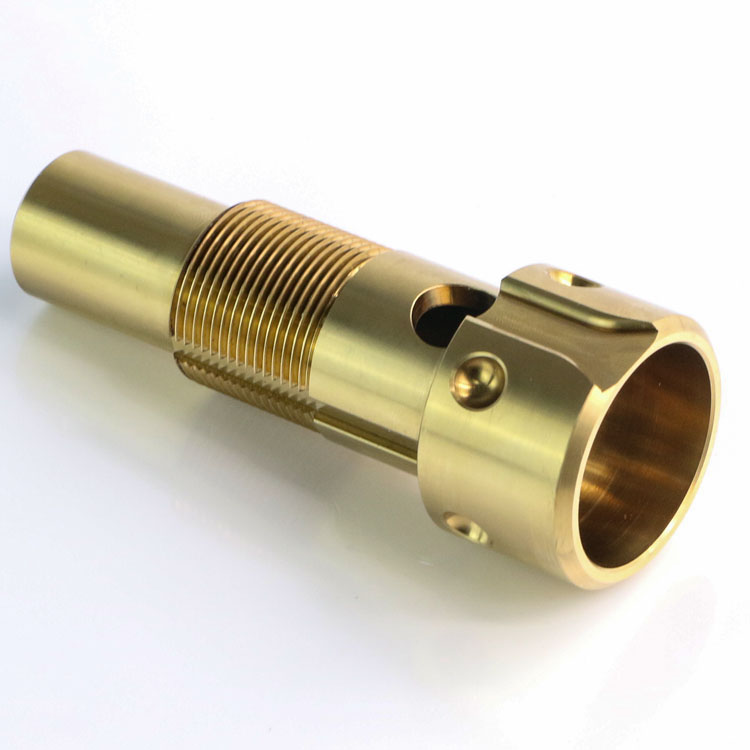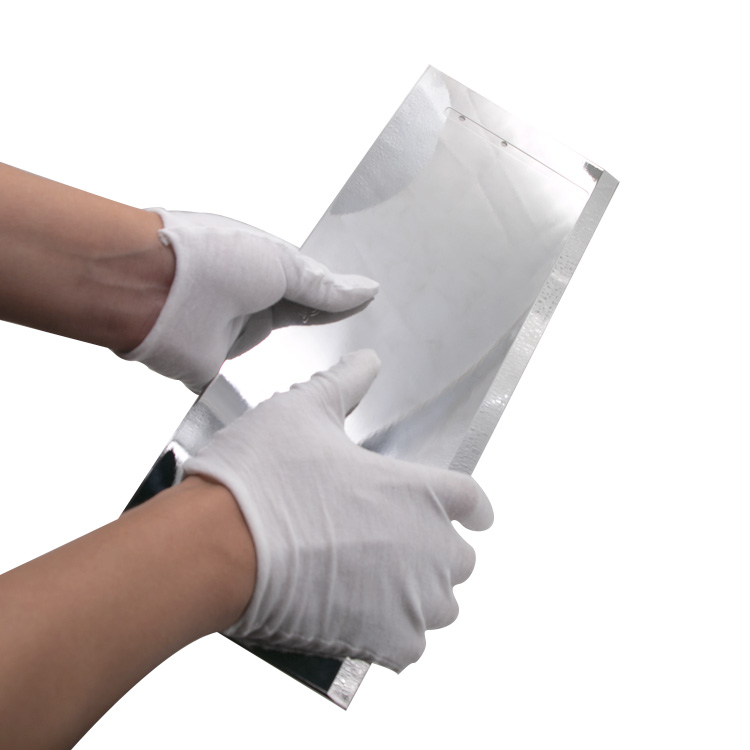15 years one-stop China custom CNC machining parts factory

Hey there I’m VMT Sam!
With 25 years of CNC machining experience we are committed to helping clients overcome 10000 complex part-processing challenges all to contribute to a better life through intelligent manufacturing. Contact us now
 178 |
Published by VMT at Jan 03 2023
178 |
Published by VMT at Jan 03 2023
CNC machining is the main process for producing brass parts in many industries. brass has good ductility, electrical conductivity and thermal conductivity, and various CNC machined brass parts are widely used in various industries such as automobiles, aerospace, and medical treatment. brass is one of the materials that are easy to CNC process.

brass 101
brass 101 is pure brass, containing 99.9% brass, and is commonly used to make bronze and brass.
Bronze
Bronze is an alloy of tin, brass, and phosphorus that has good hardness and strength and is used in the manufacture of bearings and gears.
Brass
Brass is an alloy of zinc and brass with good machinability and hardness. It is suitable for CNC machining low-friction and complex parts, such as valves, gears, bearings and locks, and can also be used to make some outdoor CNC parts.

Advantages and disadvantages of brass CNC machining parts
Advantage
It has good machinability, ductility and impact strength, and has good formability in hot and cold processing. Additionally, brass CNC machined parts are compatible with a variety of cost-effective surface finishing techniques.
Shortcoming
When spot welding brass materials, processes such as plated metal arc welding cannot be used. In addition, different grades of brass have different corrosion resistance. Therefore, some CNC machined brass parts are prone to corrosion in environments containing active substances.
Precautions for brass CNC machining parts
Choosing the Right brass Material
brass is a very expensive material and should be selected based on application characteristics and cost-effectiveness.
Set feed rate
Feed rate is the speed at which the cutting tool engages the workpiece. Therefore, before CNC machining brass parts, it is necessary to set the correct feed rate, because it will affect the quality, service life and surface finish of brass parts. In addition, brass conducts heat efficiently, and high feed rates can increase tool wear over time.
Design for manufacturability
Before brass can be CNC machined, design requirements and specifications must be sorted out, which contribute to the functionality of the brass component. These include reducing the number of CNC part setups, dimensional checking and preventing deep cavities with small radii.
Choose the right tool material
Many bronze plates are machined to be softer than aluminum and steel of equal strength. This causes blade forming and tool wear. Therefore, it is very important to choose the right tool material. High-speed steel is a tool material suitable for CNC machining of brass.
Surface treatment options
Typically, brass is used to conduct heat and electricity. Therefore, the surface finish used for other CNC machined metal parts is not suitable for many surface finishes, because it will inhibit these characteristics. Surface treatment for brass:

Polishing
brass can be electropolished to obtain a very smooth and shiny surface. This process typically removes small layers of material between 0.0001 inches (0.00254 mm) and 0.0025 inches (0.0635 mm) from the surface. Electropolishing can further improve corrosion resistance without compromising electrical conductivity.

Plating
The metal plating of brass generally helps prevent oxidation of its outer surface while maintaining electrical and thermal conductivity. Especially precious metal plating such as silver or gold plating can provide low contact resistance to maintain excellent conductivity and solderability.
The above is about the advantages and disadvantages of CNC brass machining parts, processing precautions, surface treatment. Hope it helps you.
Ready To Start Your Next Project?
Get Instant Quote

Request a Free Quote
Send us a message if you have any questions or request a quote. We will get back to you ASAP!
